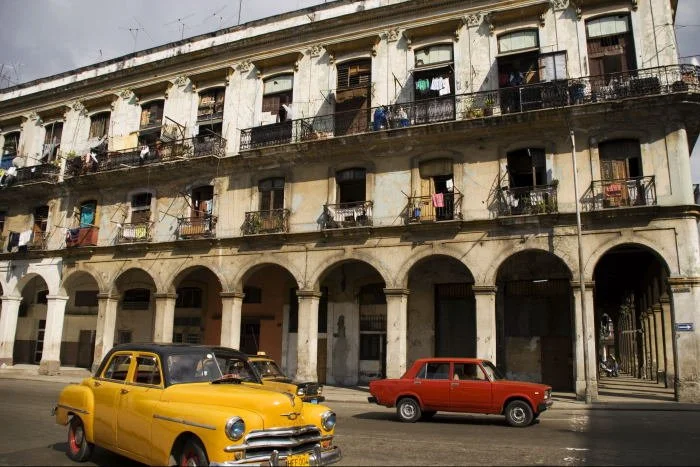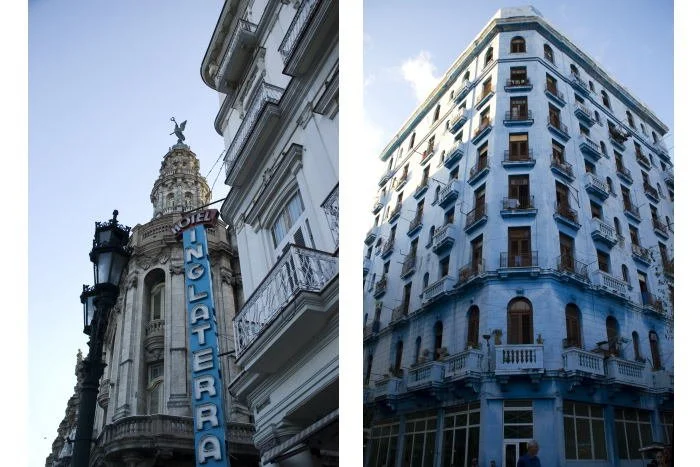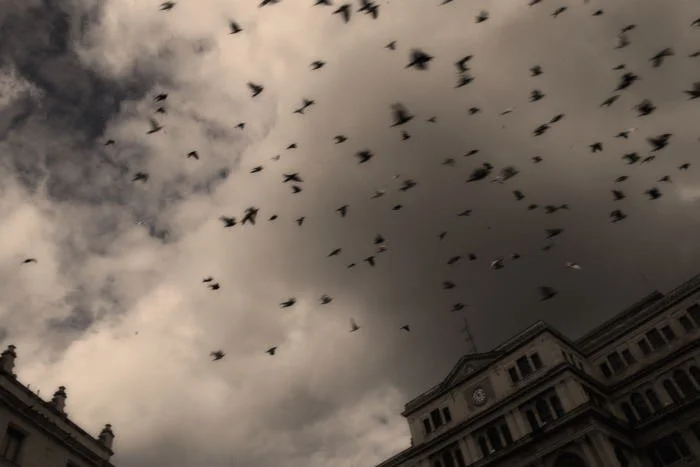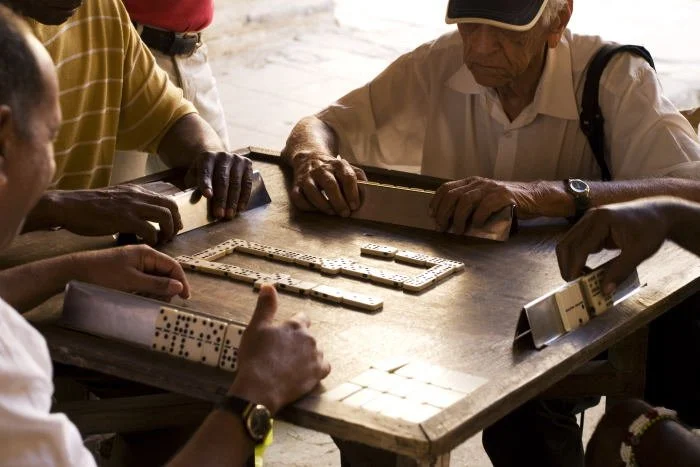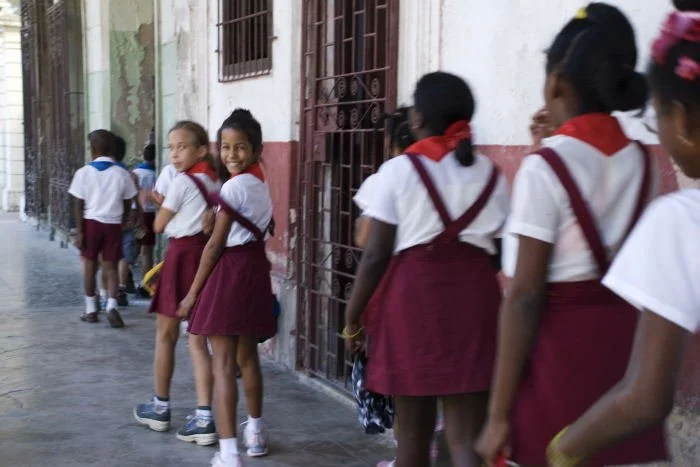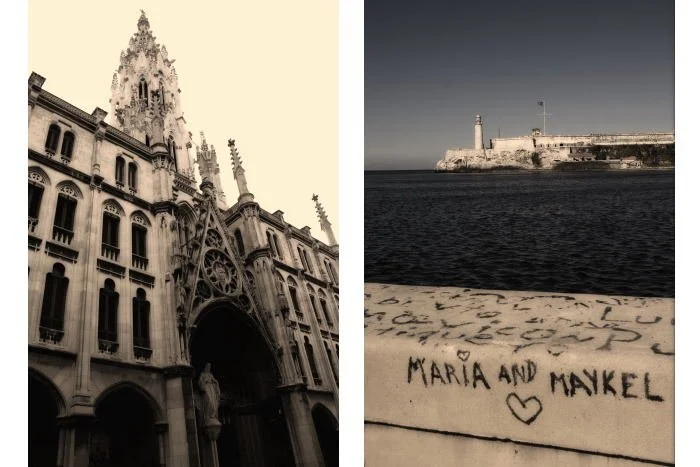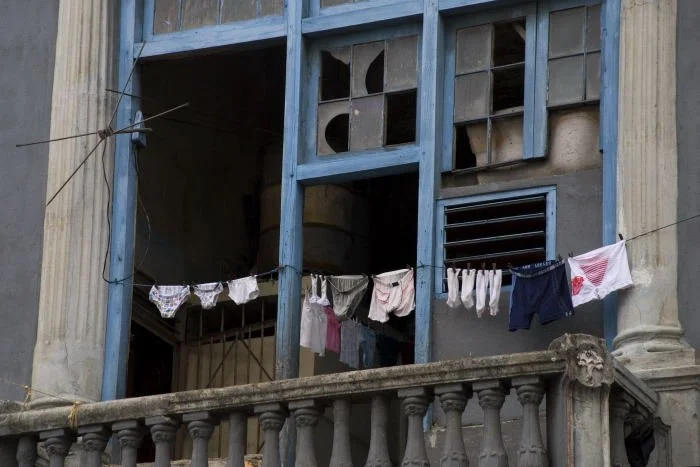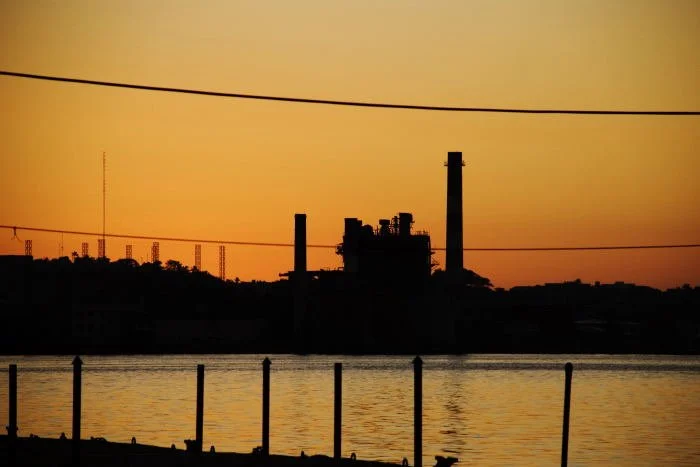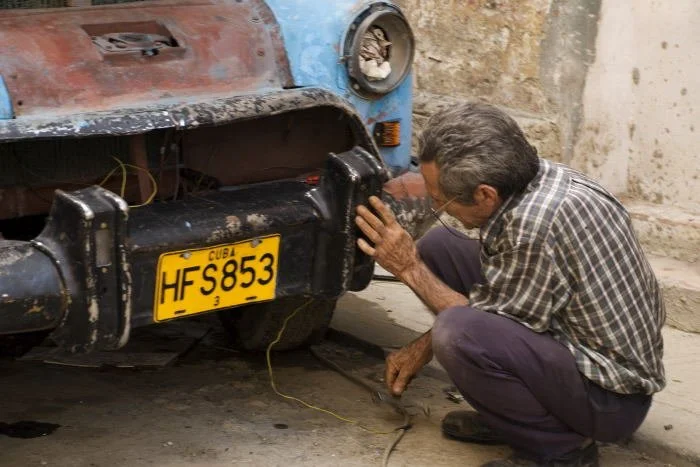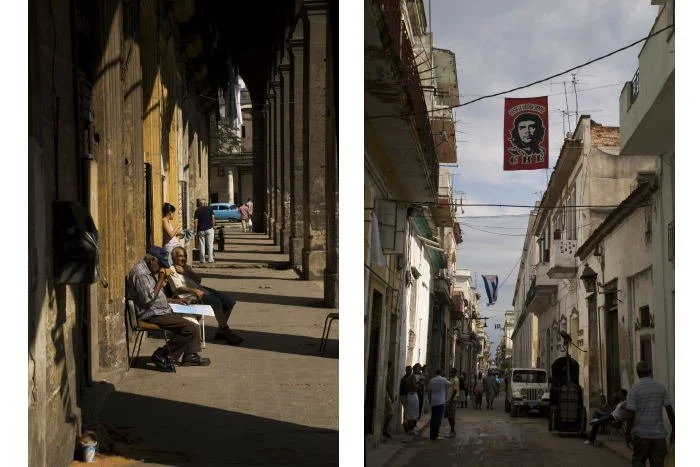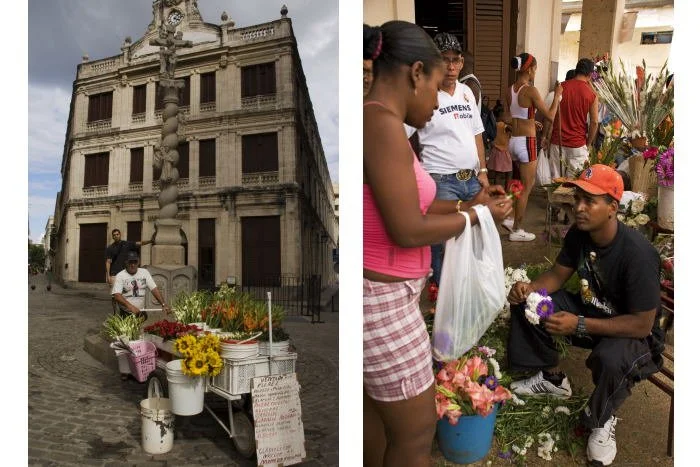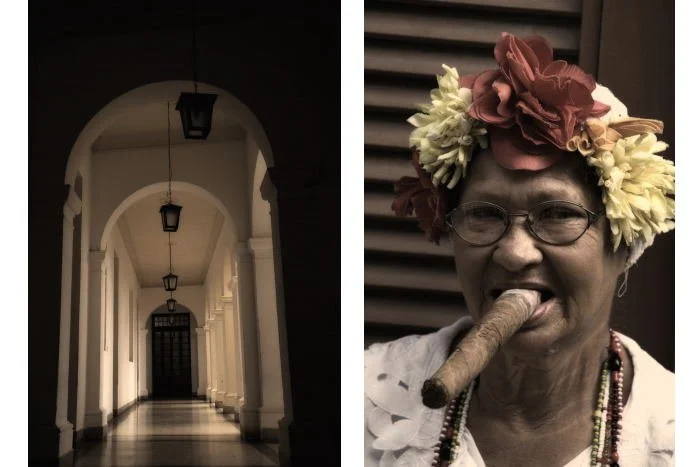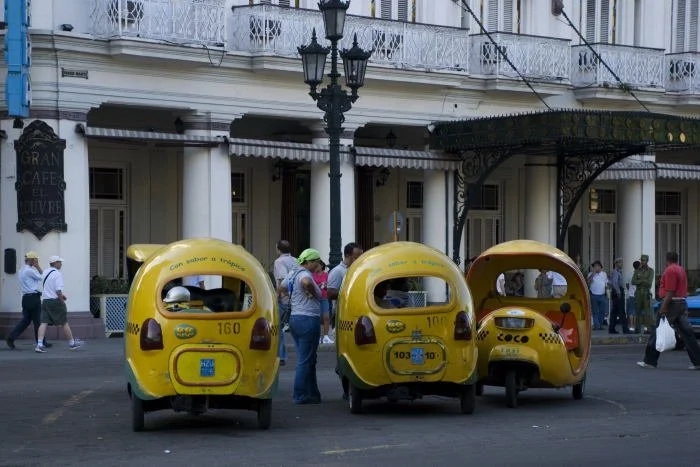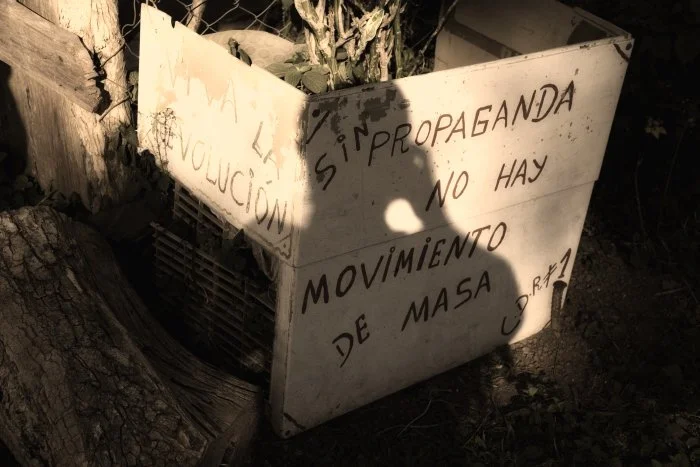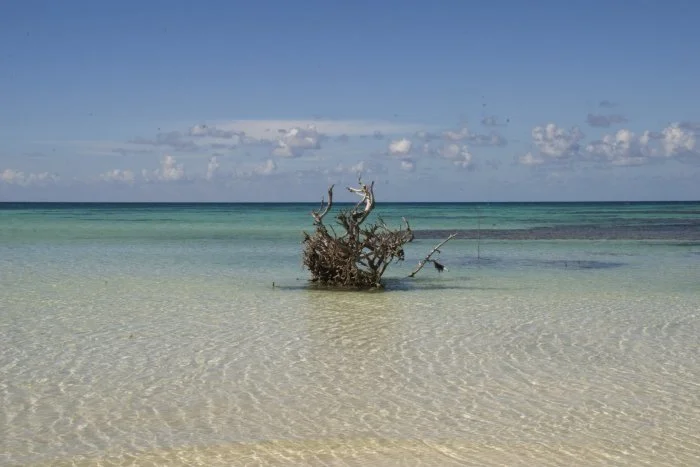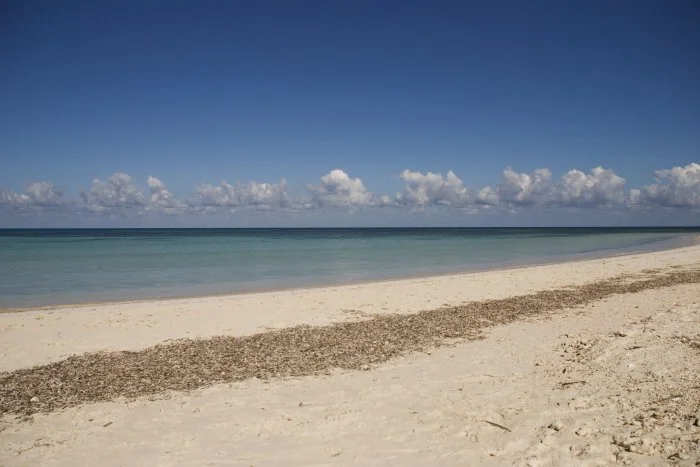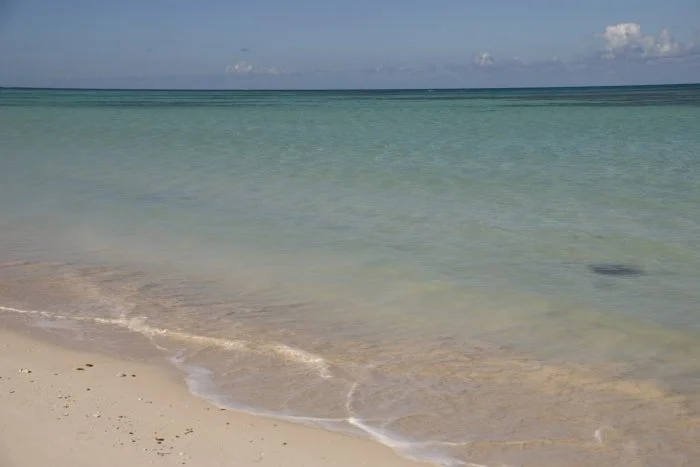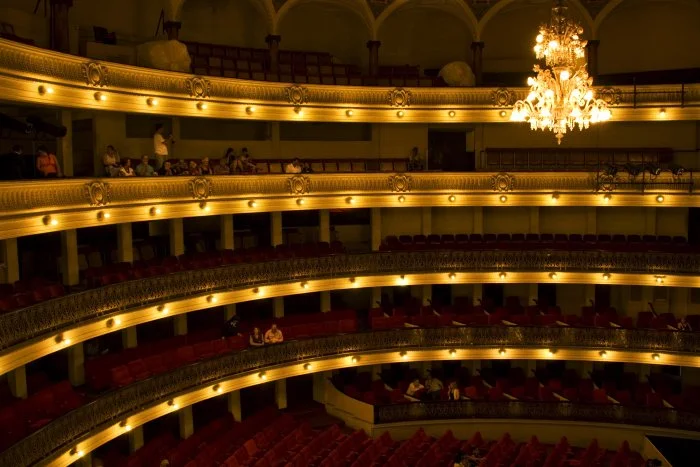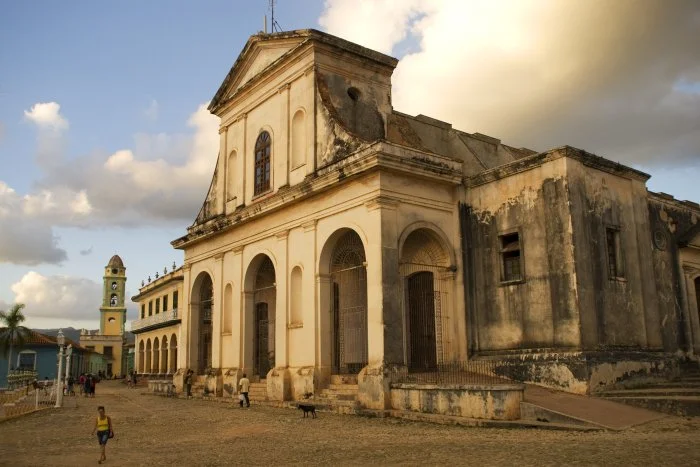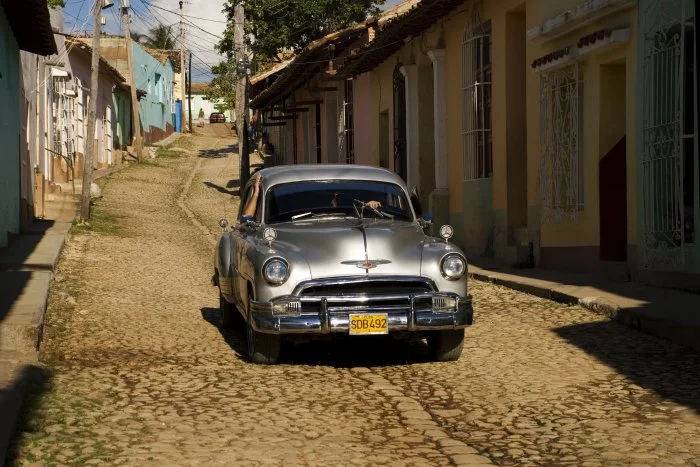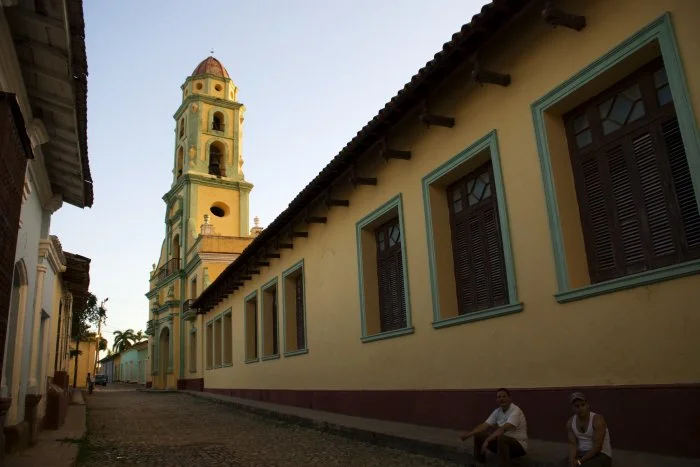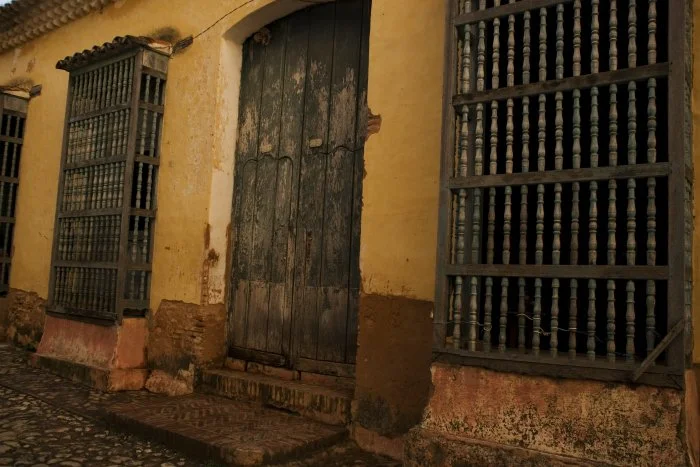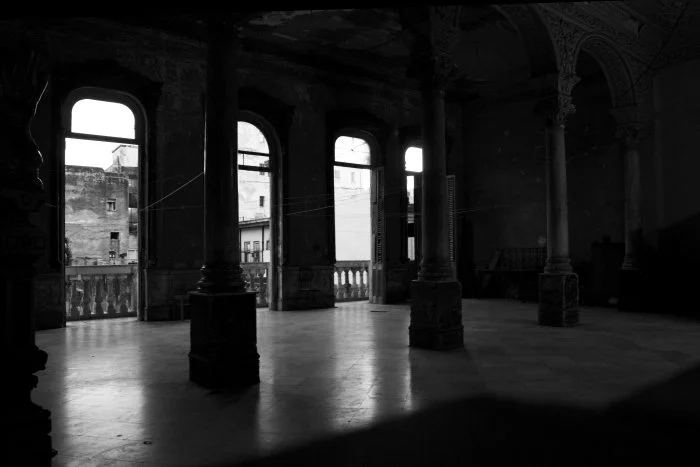Buena Vista Social Club, salsa and rum
DECEMBER 28, 2008
Here we were—finally in the famous Havana, Cuba. The airport was better organized than I expected. We quickly got a cab (tip: don’t take one from inside the airport—regulated taxis are right outside, and you’ll avoid getting ripped off), exchanged money, and even bought a bus ticket to Viñales at the Viazul counter.
Our cab driver had a bit of trouble finding the street where our casa particular was located, and honestly, as we drove through some pretty rough-looking areas, I just wanted to turn back and head to the airport. But as I’d heard from others, the outside is often deceiving in Havana—what looks run-down on the outside can be surprisingly welcoming inside. Our hosts were warm and made us feel right at home.
We had dinner at what turned out to be an Austrian brewery—the only brewery in Havana. The beer was weak, the food was decent, but we had to wait nearly an hour. At the time, we didn’t know that long waits were standard in Cuba. If you’re lucky.
Of course, we had to try Mojitos on our first night. A little disappointing, though—they claim to be made “fresh,” but to me, they were just “weak.” We also tried a Daiquiri at the bar where the first one was ever made. It was pretty good, though pricey at 6 CUC. Still, the place had classic old-Havana vibes and great Cuban music, so no complaints.
DECEMBER 29, 2008
Too early for comfort, especially after a late night, we woke up for our bus to Viñales. We thought getting to the station an hour early (even with tickets in hand) was too much—but we were wrong. Most people without tickets were left behind. It was high tourist season, and Viñales is quickly becoming a must-visit destination.
Viñales welcomed us with a swarm of locals offering casas particulares. We got lucky again. The house looked like something from the gypsy neighborhoods in Slovakia, but inside it was very nice. After a bit of broken-Spanish conversation with the host’s daughter, we set out for our first “hike.”
We aimed for Cuevas del Indio (a cave system recommended by Lonely Planet), a 6 km walk in the heat. If we had known it was a tourist trap, we wouldn’t have been so enthusiastic. We kept walking toward Mural de la Prehistoria, a massive mural representing Darwin’s theory of evolution. We wandered through tobacco fields, not always sure we were heading the right way. It took nearly 3 hours to reach it—but we saw local tobacco farmers and rural life along the way. The sun was setting when we finally got there.
Luckily, we caught a bus back and met a kind driver who let us ride even though his shift was over. It turned out we were at least 10 km from town, and he only charged us 2.50 CUC. A lifesaver.
That night, we found a pizza place—a welcome change from the usual pollo frito and arroz blanco. Later, we went to the local salsa spot, Centro Cultural. Though it initially felt touristy, it ended up being a fun night out.
DECEMBER 30, 2008
Beach at Cayo Jutías
Determined not to miss breakfast again, we tried the local casa particular breakfast, and it was fantastic—especially the marmalade.
We made the mistake of trying to rent a car or moped at 9 AM, which is apparently late by local standards. Luckily, a French couple invited us to join their (not entirely legal) ride to Cayo Jutías in a red ‘60s Chevy. At one point, we had to detour to avoid a police patrol. Our driver seemed to have a network of roadside friends and signals to stay under the radar.
The beach was stunning—turquoise water, white sand, hardly any people. A perfect beach day, except... hunger hit again. After waiting over 90 minutes for rice, beans, and chicken, we left hungry—just as the food was finally brought out.
Back in Viñales, I had a massage delivered to my room—heavenly.
Dinner was pizza again, followed by observing how teens in Viñales hang out: someone sets up a sound system in the square and blasts music. Not much dancing, so we skipped the cultural center and went to a smaller bar, where I finally danced with locals—one was drunk, but the other was a great dancer. Balanced out nicely.
DECEMBER 31, 2008
The bus from Viñales to Havana left 45 minutes late and broke down less than an hour into the trip. Still, we made it and began our five-hour mission: finding New Year’s Eve tickets, a phone card, and internet access. We were only two-thirds successful—phone cards were sold out citywide—but we did get a walking tour of Havana Vieja in the process.
New Year’s Eve in La Habana
We celebrated on Plaza Vieja with good food and a live performance by the Buena Vista Social Club (with two original members!). It was fantastic. Most Cubans celebrate NYE with family until midnight, then head to the streets. We joined them later for dancing and people-watching, even peeking into a few private celebrations.
We also met a Cuban friend who tried to take us to a salsa club—only to discover it closed at 3 AM. Even in Havana!
JANUARY 1, 2009
Viva La Revolución
Finally got a phone card! I bought the last two—sorry, folks behind me. We had breakfast near the Capitol, waited an hour (again), and then walked through Centro Havana and Vedado to the Plaza de la Revolución. Despite it being the 50th anniversary of the revolution, nothing was happening. It felt like people weren’t as excited as the heavy propaganda around the city suggests.
In the afternoon, we went to see the Cuban National Ballet at Teatro Gran. Standing for the Cuban anthem was strange, and the first act featured dancers dressed as revolutionaries waving red flags. But the rest was excellent—on par with the Russian ballet.
Later, we met our French friends from Viñales for a few Mojitos. It felt like being home with old friends. Travel magic.
JANUARY 2, 2009
Trinidad
We were warned that in Trinidad people would aggressively try to get us to stay at their casas particulares, but we didn’t expect to be outright lied to. Everyone claimed to be “Roberto and Elda,” our real hosts. One guy even walked us several blocks away before we realized he was full of it. Lesson learned.
We eventually found the correct address—recommended by our Havana hosts.
I was disappointed with the salsa scene. Music was everywhere, but only tourists danced. Cubans seemed to prefer dancing at home. Hearing amazing salsa everywhere and not dancing felt cruel. Strangely enough, I found myself looking forward to Boston’s salsa scene!
JANUARY 3, 2009
Sierra del Escambray
We had two options for hiking: an expensive tour or a DIY cab ride. We chose the latter—faster and much cheaper. We headed to Topes de Collantes in the Sierra del Escambray. We grabbed sandwiches from a roadside shack (best in Cuba!) before tackling the Salto del Caburní trail.
We saw waterfalls and mountain pools (too cold to swim), all on a steep but short 2.5 km hike. Definitely skip this trail during the rainy season—it's rocky and slippery even when dry.
Later, we explored Trinidad’s art scene. Almost every third house is a gallery, with colorful Afro-Cuban inspired artwork. It’s amazing how much artistic expression flourishes here with so few material possessions.
Finally—success! I danced salsa with locals. The floor was made of loose stones, which made it tough, but it was a blast. Turns out you just have to be very close to the dance floor. (Note: this mostly works for women. Local women rarely dance with tourists, and tourist women rarely dance with foreign guys.)
Also: we went to a disco in a cave. Yes, an actual cave. You climb a hill in the dark (no street lights), go down two levels, and there it is—one of the coolest clubs I’ve ever been to.
JANUARY 4, 2009
Playa Ancón
Another beach day, nearly missed because it took forever to exchange money. Playa Ancón was beautiful but more touristy—hotels, rentals, and more people than Cayo Jutías.
We had dinner at our casa particular again—it was that good. Inside, it felt like another world: colonial architecture, antique furniture, framed medical degrees, a Christmas tree, and a big nativity scene next to a modern stereo and TV. People with access to tourists (and CUCs) live differently here.
But even they don’t have it easy. Many gave up professional jobs—engineers, doctors—to rent rooms and cook for tourists. They’re also required to pay a hefty 250 CUC monthly to the government, whether or not they have guests.
JANUARY 5, 2009
La Habana
Our final day in Havana. We were ready to go. We walked the city, waited over an hour for lunch and almost two for internet—but we weren’t frustrated anymore. We were used to it.
Two surprises made the day special. First: a secret restaurant in Vedado, recommended by our French friends. Tucked inside a decaying building, we climbed through deserted halls to the top floor, rang a bell, and were let into a candle-lit Italian restaurant with a stunning city view. If I were here with a boyfriend, this would be the spot for a romantic dinner.
The second surprise was our final stroll through Havana Vieja. We expected Mojitos and salsa—and instead found ourselves at a flamenco show. It was one of the best flamenco performances I’ve ever seen. A perfect end to our Cuban adventure.

